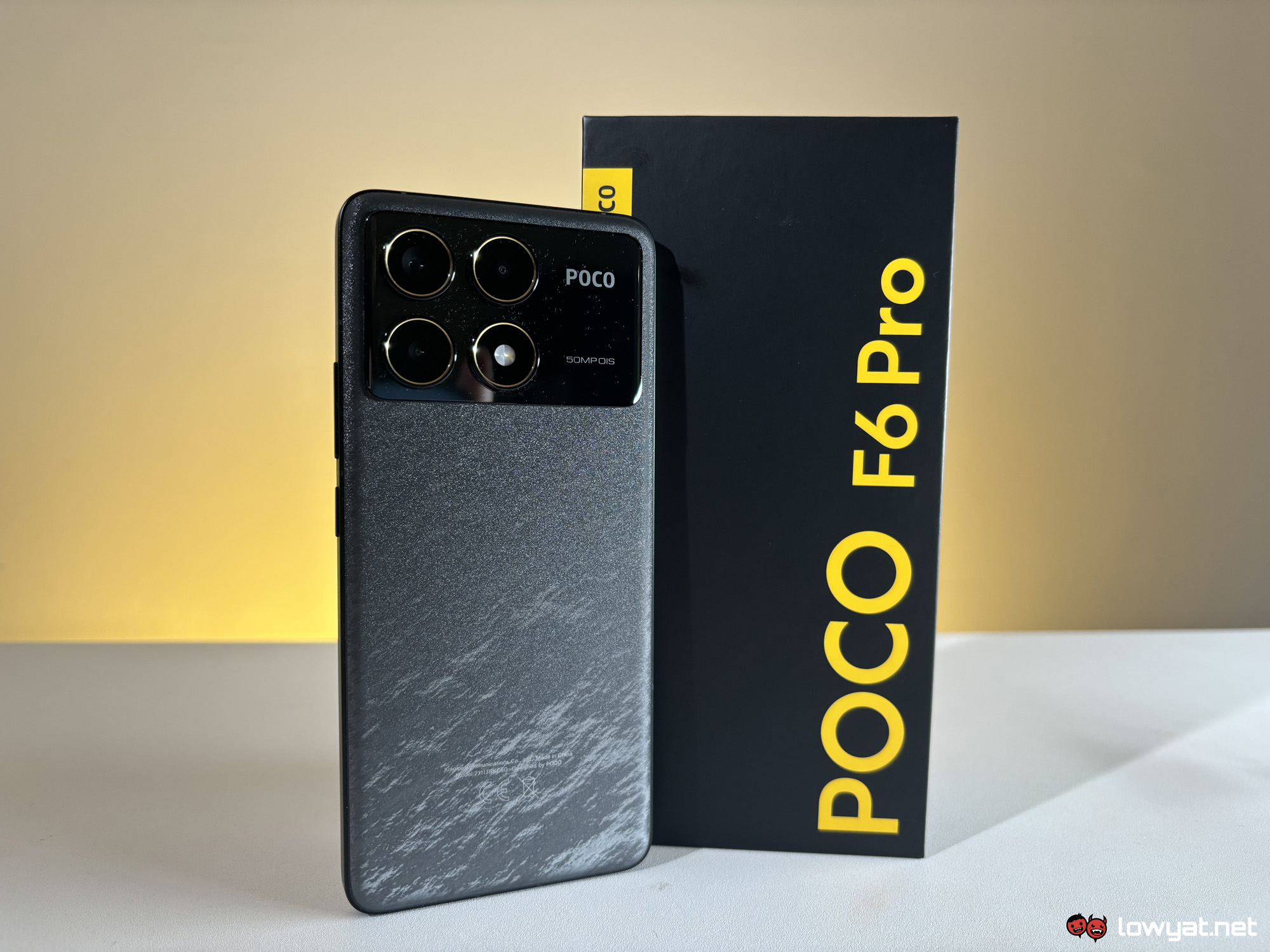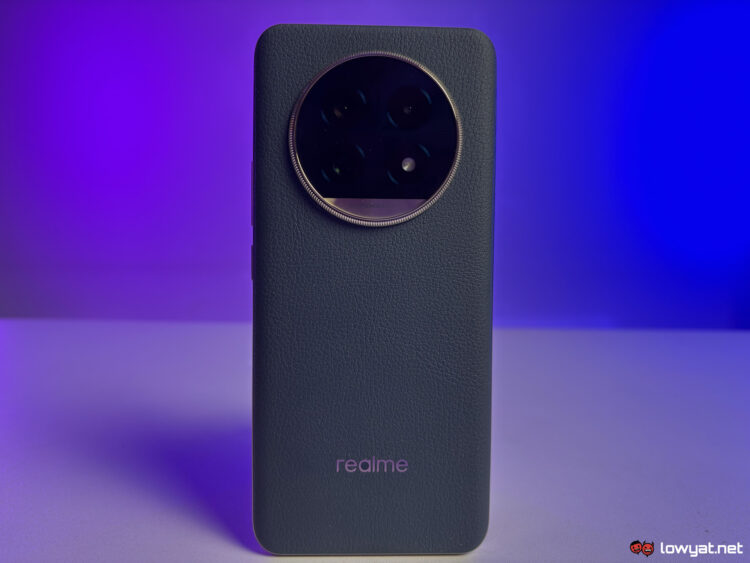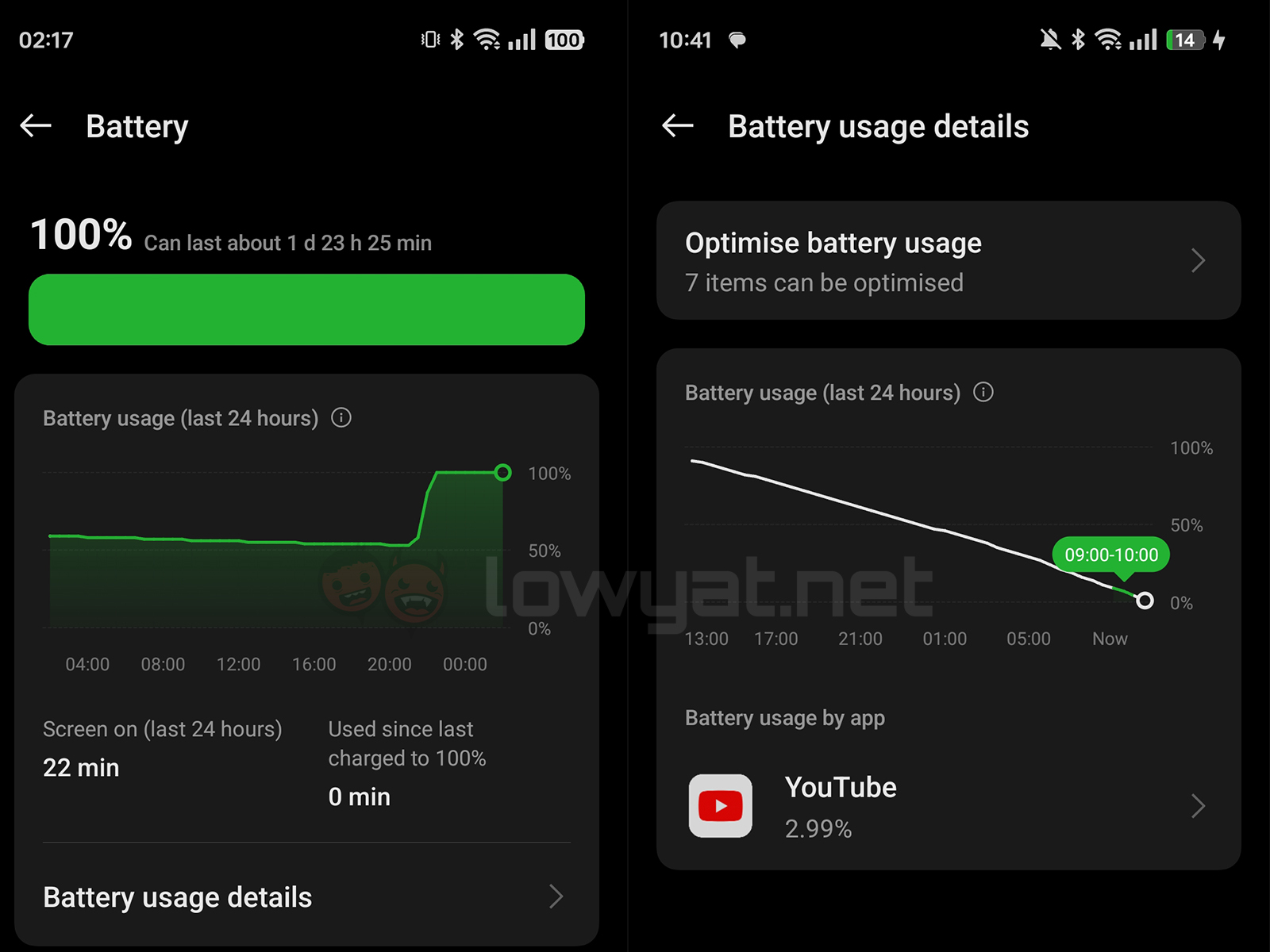The realme 13 Pro Plus is the brand’s most expensive smartphone from its numbered lineup to date. It costs RM200 more than its predecessor, despite the fact it barely gets any upgrades, going so far as to use the exact same chip.
The only differences between the 13 Pro Plus and the 12 Pro Plus are a brighter display, a bigger battery, and faster charging. With that in mind, is the the 13 Pro series overpriced?
Specifications
 The realme 13 Pro Plus sports a 6.7-inch AMOLED display with a 120Hz refresh rate, a global peak brightness 1,200 nits, and a local peak brightness of 2,000 nits for HDR content. It runs on the Qualcomm Snapdragon 7s Gen 2 paired with 12GB of RAM and 512GB of storage. This time around, there’s no 256GB option.
The realme 13 Pro Plus sports a 6.7-inch AMOLED display with a 120Hz refresh rate, a global peak brightness 1,200 nits, and a local peak brightness of 2,000 nits for HDR content. It runs on the Qualcomm Snapdragon 7s Gen 2 paired with 12GB of RAM and 512GB of storage. This time around, there’s no 256GB option.
On the optics front, it features a 50MP main camera with OIS, a 50MP telephoto lens with 3x optical zoom, an 8MP ultra-wide lens, and a 32MP fixed-focus selfie shooter. Backing the mid-ranger is a large 5,200mAh battery that supports 80W charging.
For protection and durability, the phone comes with an IP65 rating for dust and water resistance, along with Corning Gorilla Glass 7i on the display. Connectivity-wise, it supports 5G, Wi-Fi 6, Bluetooth 5.2, and NFC.
Looks & Functionality
 Just like most mid-range phones with an AMOLED display, I can’t find anything to complain about when it comes to the colours, contrast, and brightness of the screen. Obviously, it’s not going to be nearly as bright as something you would find on a flagship, but it’s reasonably usable outdoors.
Just like most mid-range phones with an AMOLED display, I can’t find anything to complain about when it comes to the colours, contrast, and brightness of the screen. Obviously, it’s not going to be nearly as bright as something you would find on a flagship, but it’s reasonably usable outdoors.
What I would whine about, as I have with several phones this year, is the brand’s choice to stick with the gratuitous curved edges. As with most phones these days, the under-display fingerprint sensor is placed far too low to be comfortable to use one-handed, but to its credit, it’s a relatively lightweight device.
 The backplate on this phone is one of favourites this year, in terms of both design and texture. The faux leather back not only feels good to hold, but provides a tremendous amount of grip and is virtually fingerprint-free. This means that you can comfortably use this phone without the hassle of putting a case on it.
The backplate on this phone is one of favourites this year, in terms of both design and texture. The faux leather back not only feels good to hold, but provides a tremendous amount of grip and is virtually fingerprint-free. This means that you can comfortably use this phone without the hassle of putting a case on it.
On the software side, the 13 Pro Plus ships with realme UI 5.0 based on Android 14. It’s not my favourite Android skin, mostly because it’s very difficult to delete app folders on the homescreen (you have to select each individual app instead of being able to delete the entire folder in one go).
 Unfortunately, while realme does have its own rendition of Apple’s Dynamic Island feature called Mini Capsule, it’s currently limited to select entry-level models. However, it does have some new AI features, with some being somewhat useful while others are straight-up gimmicks.
Unfortunately, while realme does have its own rendition of Apple’s Dynamic Island feature called Mini Capsule, it’s currently limited to select entry-level models. However, it does have some new AI features, with some being somewhat useful while others are straight-up gimmicks.
The AI tool I find most practical is the AI Eraser feature in the gallery, which works fairly well and does not seem to have a free usage limit unlike the one you can find in Google Photos. There’s also an Ultra Clarity tool, but it mostly works best for landscape photos that need a bit of brightening.
Performance & Battery
 The performance of the 13 Pro Plus is quite disappointing given the price, as the Snapdragon 7s Gen 2 is not exactly a powerful chipset. While most of my daily usage went smoothly, I did occasionally encounter some stuttering from just switching between apps. It didn’t happen often, but this kind of thing is usually only found in sub-RM1,000 smartphones.
The performance of the 13 Pro Plus is quite disappointing given the price, as the Snapdragon 7s Gen 2 is not exactly a powerful chipset. While most of my daily usage went smoothly, I did occasionally encounter some stuttering from just switching between apps. It didn’t happen often, but this kind of thing is usually only found in sub-RM1,000 smartphones.
When it comes to synthetic benchmarks, the results show that the SoC is clearly underpowered and is not able to provide the performance expected at this price point. The only upside is that it has a very high stability rate even under prolonged heavy loads.
The battery life is main highlight of this phone, as it consistently gave me nearly two full days worth of usage on a single charge. Given the large battery and the high-speed charging, it’s safe to say I would never experience battery anxiety with the 13 Pro Plus. Even when put through a YouTube streaming endurance test, the phone lasted a staggering 30 hours.
Camera
 In bright outdoor situations, the main camera is surprisingly exceptional as photos are often sharp with vivid colours and creamy bokeh. However, in indoor settings with relatively poor lighting, photos are usually a bit too dark and dull although they aren’t too noisy. Macro shots look good up to a certain point, but if you use zoom into a small object, the pictures end up full of noise.
In bright outdoor situations, the main camera is surprisingly exceptional as photos are often sharp with vivid colours and creamy bokeh. However, in indoor settings with relatively poor lighting, photos are usually a bit too dark and dull although they aren’t too noisy. Macro shots look good up to a certain point, but if you use zoom into a small object, the pictures end up full of noise.
Which brings me to my biggest criticism of this setup, which is the telephoto lens. Even at 3x, the image already starts getting noisy unless there is adequate lighting. Zooming past 3x will result in poor-quality low-res shots, so I often avoided using zoom with this phone unless I wanted to take a landscape picture during the day.
Camera Samples
Competition
OPPO Reno12

The OPPO Reno12 only costs RM2,199 for 12GB of RAM and 512GB of storage. It runs on the comparable MediaTek Dimensity 7300 Energy chipset and is backed by a 5,000mAh cell that supports 80W charging.
For photography, it comes with a 50MP main camera with OIS, an 8MP ultra-wide lens, a 2MP macro lens, and 32MP selfie snapper with autofocus. On the display side, it has a 6.7-inch 120Hz AMOLED display with a peak global brightness of 1,200 nits.
POCO F6 Pro
 The POCO F6 Pro runs on a much more powerful last-gen flagship processor, the Snapdragon 8 Gen2. It retails at RM2,299 for the 12GB+256GB variant, RM2,499 for 12GB+512GB, and RM2,899 for 16GB+1TB. Powering the phone is a 5,000mAh battery with support for a whopping charging speed of 120W.
The POCO F6 Pro runs on a much more powerful last-gen flagship processor, the Snapdragon 8 Gen2. It retails at RM2,299 for the 12GB+256GB variant, RM2,499 for 12GB+512GB, and RM2,899 for 16GB+1TB. Powering the phone is a 5,000mAh battery with support for a whopping charging speed of 120W.
It’s fitted with a 6.67-inch AMOLED display with a 120Hz refresh rate, a global peak brightness of 1,200 nits, and a local peak brightness of 4,000 nits. Imaging-wise, it gets a 50MP main camera with OIS, an 8MP ultra-wide lens, a 2MP macro lens, and a 16MP front sensor.
vivo V40
 The vivo V40 starts from RM1,999 for the 12GB+256GB trim and RM2,399 for the 12GB+512GB model. It is equipped with a 6.78-inch 120Hz AMOLED display with a peak local brightness of 4,500 nits and is powered by a hefty 5,500mAh battery that charges at 80W.
The vivo V40 starts from RM1,999 for the 12GB+256GB trim and RM2,399 for the 12GB+512GB model. It is equipped with a 6.78-inch 120Hz AMOLED display with a peak local brightness of 4,500 nits and is powered by a hefty 5,500mAh battery that charges at 80W.
This mid-ranger also runs on a chip with more performance than the Snapdragon 7s Gen 2, namely the Snapdragon 7 Gen 3. On the optics side, it comes with a 50MP primary sensor with OIS, a 50MP ultra-wide lens, and a 50MP selfie camera with autofocus.
Conclusion
 While I absolutely love the look of this phone, its specs don’t really match up to its price tag. There’s nothing about it that would justify such a price hike compared to its predecessor. One thing that the realme 13 Pro Plus undoubtedly needs is a significant processor upgrade.
While I absolutely love the look of this phone, its specs don’t really match up to its price tag. There’s nothing about it that would justify such a price hike compared to its predecessor. One thing that the realme 13 Pro Plus undoubtedly needs is a significant processor upgrade.
Even then, the company should think about lowering the price regardless, given that there are many stronger competitors in this segment.
Follow us on Instagram, Facebook, Twitter or Telegram for more updates and breaking news.

















